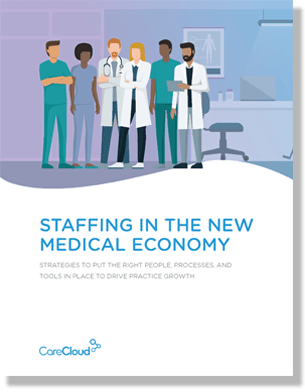You can technically practice medicine without caring about the health of your patients. It wouldn’t make you a good doctor though.
However, years of experience will tell you some patients simply don’t put forth as much efforts towards their personal health as they should.
So how can we incentivize patient wellness? How can doctors convince patients to be more involved with their personal health?
Patient Portals
Technology can enhance participation in any number of ways across industries. Take education technology, for instance, where the flipped classroom model has improved student involvement by having them comb through assignments at school with their teachers after having participated in web-based lessons at home.
Patient portals give patients flexibility. The capacity to schedule and review medical appointments and control one’s health care data empowers patients, giving them the impression they aren’t just pedestrians of their own health. They own it.
Gamification
Consider mobile apps like Nike Plus for the iPhone, or Massive Health’s The Eatery. These apps promote fitness and health to users by engaging them directly, ascribing purpose to patient wellness tasks in the process. Results are shared via patients’ respective social networks, where they earn and publish merit-based scores.
Provided they aren’t trivialized by gimmicky incentives, gamified mobile apps are powerful tools to drive engagement in patient wellness. Games in the Zynga vein are especially useful.
The minds behind Farmville have crafted their own take on user experience, designing games where the emotional impact of failing to act is more powerful than feelings of having proactively benefited.
So Many Tools at Your Disposal
Let’s begin with some tools you have at your disposal.
First, odds are you can count on a creative staff member or two to help with presenting medical regimens in a slightly more aesthetically pleasing, user-friendly, and personalized fashion.
Doing so will give patients confidence, and it’ll likely incentivize care-based decision-making. This is part of what Wired writer and personalized medicine expert Thomas Guetz calls the “feedback loop.”
Also, health IT is here to save the day, as usual. Using an EHR to streamline your workflow not only gives you more time to interact with patients personally but also more functions like ePrescribing at your fingertips. A SureScripts study earlier this year showed prescription delivery rates are as high as 81.8%, and 76.5% of those are actually picked up. Regimen compliance is a stepping stone to patient wellness.
Lastly, don’t forget to encourage patients. It’s no wonder the Center for Advancing Health reports one in five American adults do not have a primary care physician. It’s important to get to know a patient and set entertaining goals based on his/her hobbies or interests.
A little bit of healthy competition among patients goes a long way as well, sometimes, provided the patient in question has the personality for it. Competitive types can benefit from platforms like California’s HopeLab, which hopes to combat the child obesity epidemic with its Zamzee activity-tracking device.
As healthcare methods become more complex, more avenues for engagement open up and patient wellness improves. Your techniques will evolve, as will your patients’ capacity to keep up with more complex medical information. Keep your ear to the ground.




